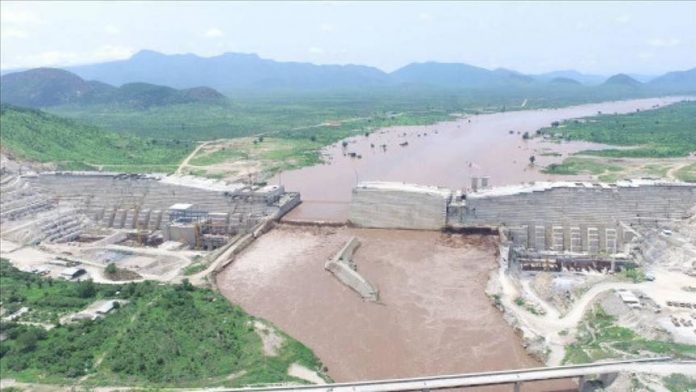Egypt and Sudan view the Grand Ethiopian Renaissance Dam as a threat to vital water supplies. But for upstream Ethiopia, it’s crucial for economic development and electricity.
The Nile, the world’s longest river, is a lifeline supplying both water and electricity to the 10 countries it traverses.
Its main tributaries, the White and Blue Niles converge in the Sudanese capital Khartoum before flowing north through Egypt to drain into the Mediterranean Sea.
Heavy rainfall of late in parts of the Nile catchment area have eased fears of water shortages in the short term.
Sudan, which has been hit by deadly flooding in recent weeks, said Tuesday that the Blue Nile’s level had reached an all-time high in Khartoum and was expected to rise further in the coming days.
Sudan’s Prime Minister Abdalla Hamdok and his Ethiopian counterpart Abiy Ahmed have vowed to resolve a dispute over Addis Ababa’s giant Nile river dam.
“We should work together,” Ahmed said.
“We have to focus on peace and development, also win-win solutions in each to discuss between the two countries as well other neighbouring countries.”
Hamdok and Ahmed discussed in Khartoum and the Ethiopian leader said Hamdok would visit the gigantic dam next month.















